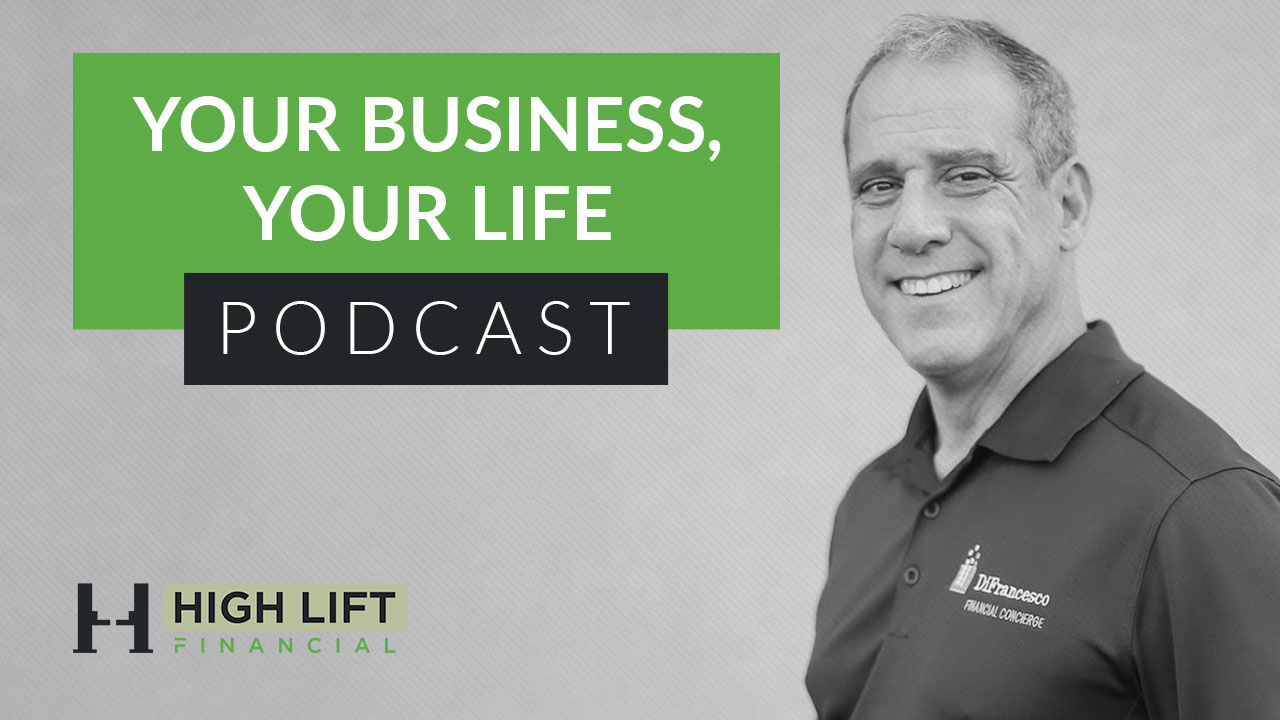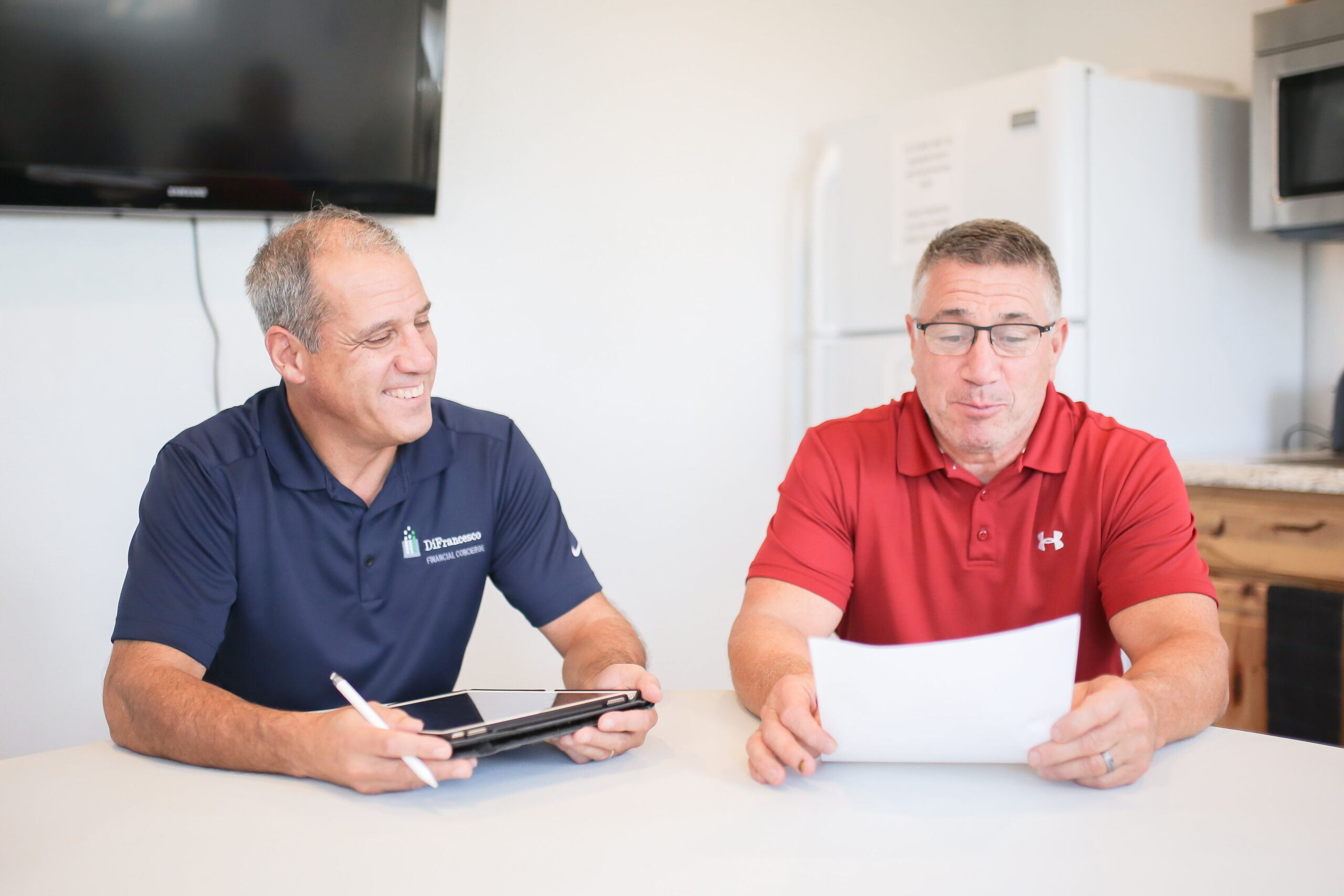How to Bridge The Value Gap: A Guide For Collision Shop Owners
As a collision shop owner, you’ve likely spent years perfecting your craft, building your business, and creating a legacy.
However, as you look towards the future—whether it’s retirement, selling your business, or transitioning into a more strategic role—you might discover a significant obstacle: the value gap.
This gap is the difference between the current value of your business and the value you need it to be to achieve your financial and personal goals.
If you plan to sell your business soon and need an exit strategy, schedule a free 20-minute conversation with Matt DiFrancesco. Discuss your vision and find out how you can adjust the nuts and bolts of your business and life to become prosperous.
Understanding Your Starting Point
Before we can start bridging the value gap, we need to establish a clear picture of your starting point. This involves assessing two critical aspects of your business: its current value and your available personnel resources.
1. Assessing the Current Value of Your Business
The first step in understanding where you are is determining the current value of your business.
This is more than just an estimate—it’s a comprehensive evaluation that takes into account various factors that contribute to your business’s overall worth.
Business Valuation: Start by conducting a formal business valuation. This process typically involves analyzing your financial statements, including profit and loss statements, balance sheets, and cash flow statements.
It also considers the market conditions, the competitive landscape, and your business’s unique strengths and weaknesses.
The valuation will give you a clear number that represents your business’s current worth, providing a baseline from which you can measure progress.
Free Cash Flow: One of the most critical components of your business valuation is free cash flow. This is the cash that your business generates after accounting for operating expenses and capital expenditures.
Free cash flow is important because it represents the money available to reinvest in the business, pay down debt, or distribute to owners.
A strong free cash flow indicates that your business is financially healthy and has the potential for growth, which is essential for closing the value gap.
2. Evaluating Personnel Resources
The second aspect of understanding where you are is evaluating your personnel resources. This involves taking a close look at your team—the people who help run your business and contribute to its success.
Key Personnel: Identify the key personnel in your business, such as managers, technicians, and administrative staff.
Assess their skills, experience, and contributions to the business. Are they capable of taking on more responsibility? Are there gaps in their knowledge or skills that need to be addressed?
Understanding the strengths and weaknesses of your team is crucial for determining how much you can rely on them to help grow the business.
Succession Planning: As part of evaluating your personnel resources, consider succession planning.
Who would take over if you were to step back from the day-to-day operations? Is there someone on your team who could eventually buy the business from you?
Succession planning is a key component of ensuring the long-term success of your business and is closely tied to its overall value.
Creating a Financial Roadmap
Once you have a clear understanding of your business’s current value and your personnel resources, the next step is to create a financial roadmap. This roadmap will serve as your guide for closing the value gap and achieving your long-term goals.
1. Identify the Value Gap
The first step in creating your financial roadmap is to identify the value gap. This is the difference between your business’s current value and the value you need it to be.
For example, if your business is currently valued at $1 million, but you need it to be worth $2 million to retire comfortably, then you have a $1 million value gap.
Understanding the size of the value gap is essential for determining the strategies you’ll need to employ to close it.
2. Explore Strategies to Close the Value Gap
There are two primary strategies for closing the value gap: building up personal resources or increasing the value of the business.
Both strategies have their pros and cons, and in many cases, a combination of the two is the most effective approach.
Building Personal Resources: One way to close the value gap is by building up your personal resources outside of the business.
This could involve increasing your savings, investing in other income-generating assets, or paying down personal debt.
The challenge with this approach is that it can be slow and may not be sufficient to close a large value gap on its own.
Increasing Business Value: The more effective strategy for many business owners is to focus on increasing the value of the business itself.
This approach has a twofold benefit: not only does the business value increase, but the free cash flow generated by the business can also be used to build personal resources.
To increase the value of your business, consider strategies such as expanding your customer base, improving operational efficiency, diversifying your service offerings, and investing in marketing and technology.
3. Prioritize Actions
With your strategies in place, the next step is to prioritize actions.
Not every strategy will yield immediate results, and some may require significant investment in time and resources. It’s important to prioritize actions based on their potential impact and the resources you have available.
For example, if increasing business value is your primary focus, you might prioritize actions that will have the most significant impact on your free cash flow, such as improving operational efficiency or increasing sales.
On the other hand, if building personal resources is your focus, you might prioritize actions such as reducing personal debt or investing in income-generating assets.
4. Monitor Progress and Adjust as Needed
Creating a financial roadmap is not a one-time event—it’s an ongoing process.
As you implement your strategies and take action to close the value gap, it’s essential to monitor your progress regularly. This involves tracking key metrics such as business valuation, free cash flow, and personal net worth.
If you find that you’re not making progress as quickly as you’d like, or if circumstances change, don’t be afraid to adjust your roadmap.
Flexibility is key to successfully bridging the value gap.
Case Study: Bridging the Value Gap for a 55-Year-Old Shop Owner
Let’s look at a hypothetical example of a 55-year-old collision shop owner who has discovered a value gap in his business.
Current Situation: The shop owner’s business is valued at $1.5 million, but he needs it to be worth $3 million to retire comfortably. He has a strong team, but they lack some of the skills needed to take the business to the next level. His free cash flow is positive but not growing as quickly as he would like.
Financial Roadmap: After conducting a business valuation and evaluating his personnel resources, the shop owner creates a financial roadmap. His primary strategy is to increase the value of the business by expanding his customer base and improving operational efficiency. He also decides to invest in leadership training for his key personnel to prepare them for future growth.
Actions Taken: The shop owner begins by implementing a targeted marketing campaign to attract new customers. He also invests in new technology to streamline operations and reduce costs. At the same time, he enrolls his managers in a leadership development program to build their skills and prepare them for more responsibility.
Monitoring Progress: Over the next few years, the shop owner closely monitors his progress. He tracks his business’s valuation, free cash flow, and the performance of his key personnel. When he sees that his marketing efforts are paying off, he doubles down on them, increasing his investment in customer acquisition. When he notices that his leadership team is ready to take on more responsibility, he begins delegating more tasks to them, freeing up his time to focus on strategic growth.
Outcome: After five years, the shop owner successfully bridges the value gap. His business is now valued at $3 million, and his free cash flow has grown significantly. He’s also built up his personal resources, giving him the financial security he needs to retire comfortably.
Conclusion: Taking the Next Step
Bridging the value gap is a critical step for collision shop owners looking to secure their financial future.
By understanding where you are—both in terms of business value and personnel resources—you can create a financial roadmap that will guide you toward your goals.
Remember, the process of closing the value gap requires time, effort, and careful planning.
Whether you choose to focus on increasing your business value, building personal resources, or a combination of both, the key is to take action and stay committed to your plan.
With the right strategies in place, you can successfully bridge the value gap and achieve the financial freedom you desire.
Have you ever wondered if your collision shop’s current value is enough to secure your future?
At High Lift Financial, we understand that as a collision shop owner, you’ve worked hard to build a successful business.
But when it comes to securing your financial future, many owners face a significant challenge: the value gap. Closing this gap is crucial, and that’s where High Lift Financial comes in.
We guide you in developing a financial roadmap tailored to your unique situation. Whether it’s investing in key personnel, improving operational efficiency, or expanding your service offerings, our team works with you every step of the way to maximize your business’s potential.
Don’t leave your financial future to chance. Partner with High Lift Financial and let us help you bridge the value gap, so you can confidently transition to the next chapter of your life with the financial security you deserve.
Contact us today for a free strategy consultation!
Here are other resources related to this topic that you may want to check out:
Disclaimer
DiFrancesco Financial Concierge, LLC, d/b/a High Lift Financial, is a Pennsylvania-registered investment advisor and may conduct investment advisory services in states where it is registered, exempt, or excluded from registration. The content provided herein or on our website should not be construed as an offer for investment advice or for securities, insurance, or other investment products. Investments involve the risk of loss and are not guaranteed. Consult a qualified legal, tax, accounting, or financial professional before implementing any investments or strategy discussed here.


